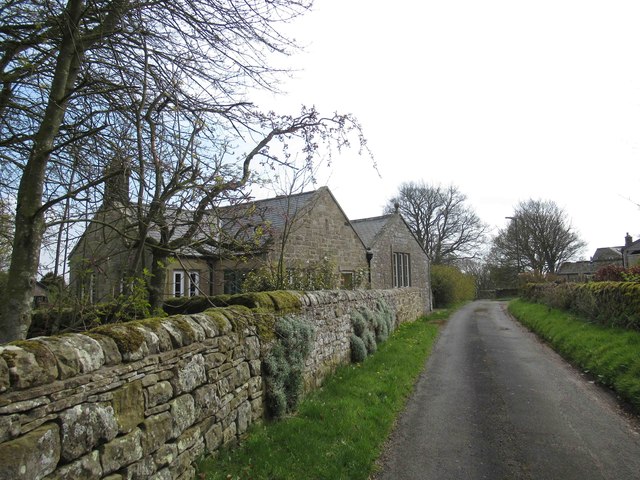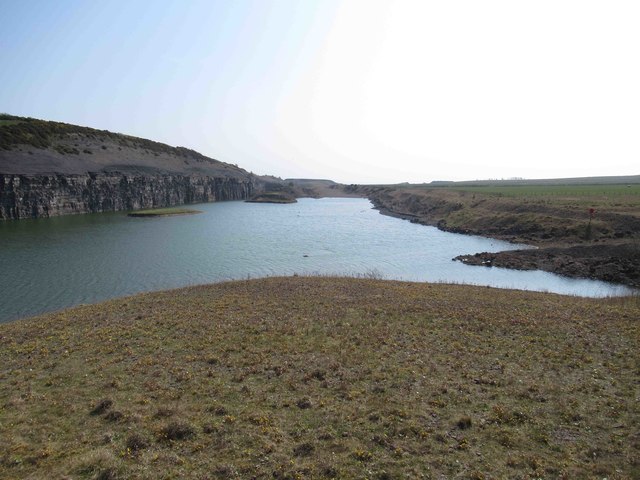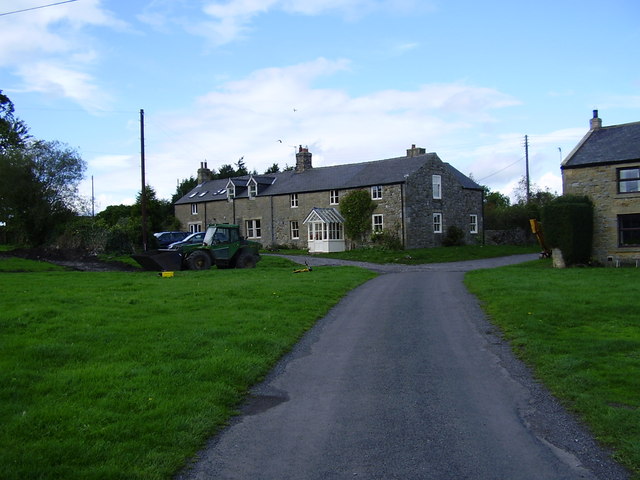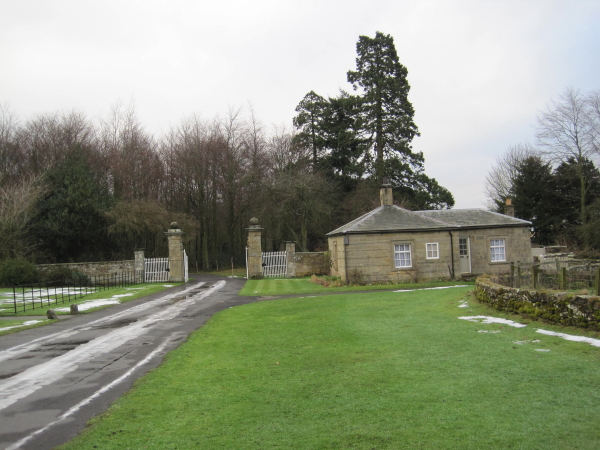Tongues Hill
Hill, Mountain in Northumberland
England
Tongues Hill

Tongues Hill is a prominent hill located in the county of Northumberland, England. Standing at an elevation of approximately 285 meters (935 feet), it forms part of the Pennines, a range of hills and mountains stretching across Northern England.
Situated near the village of Slaley, Tongues Hill offers breathtaking panoramic views of the surrounding countryside. Its position grants visitors a sweeping vista of the Tyne Valley, with the iconic Hadrian's Wall visible in the distance. The hill is characterized by its gently sloping sides, covered in lush green vegetation, which adds to its picturesque appeal.
Tongues Hill is a popular destination for outdoor enthusiasts and hikers, due to its accessible location and the range of trails that wind their way to its summit. The hill's ridgeline provides an excellent vantage point for birdwatching, with sightings of various species, including buzzards and kestrels, being common.
Historically, Tongues Hill has also played a significant role in the region. It is believed to have been a strategic lookout point during the Roman occupation of Britain, as evidenced by the remnants of a Roman signal station found at its summit. The hill's strategic location allowed for the transmission of messages across the landscape, aiding in communication and the control of the surrounding area.
In conclusion, Tongues Hill is a notable landmark in Northumberland, offering stunning views, recreational opportunities, and a glimpse into the region's rich history. Its accessibility and natural beauty make it a must-visit destination for nature lovers and history enthusiasts alike.
If you have any feedback on the listing, please let us know in the comments section below.
Tongues Hill Images
Images are sourced within 2km of 55.082163/-1.9498446 or Grid Reference NZ0376. Thanks to Geograph Open Source API. All images are credited.



Tongues Hill is located at Grid Ref: NZ0376 (Lat: 55.082163, Lng: -1.9498446)
Unitary Authority: Northumberland
Police Authority: Northumbria
What 3 Words
///comforted.reserving.websites. Near Meldon, Northumberland
Nearby Locations
Related Wikis
Kirkheaton, Northumberland
Kirkheaton (English: ) is a village and former civil parish, now in the parish of Capheaton, in the county of Northumberland, England. The village lies...
Ryal, Northumberland
Ryal or Ryall is a village and former civil parish about 13 miles from Hexham, now in the parish of Matfen, in the county of Northumberland, England. In...
Capheaton
Capheaton is a village and civil parish in Northumberland, England, about 25 miles (40 km) to the northwest of Newcastle upon Tyne. The population at the...
Capheaton Hall
Capheaton Hall, near Wallington, Northumberland, is an English country house, the seat of the Swinburne Baronets and a childhood home of the poet Algernon...
Have you been to Tongues Hill?
Leave your review of Tongues Hill below (or comments, questions and feedback).


















